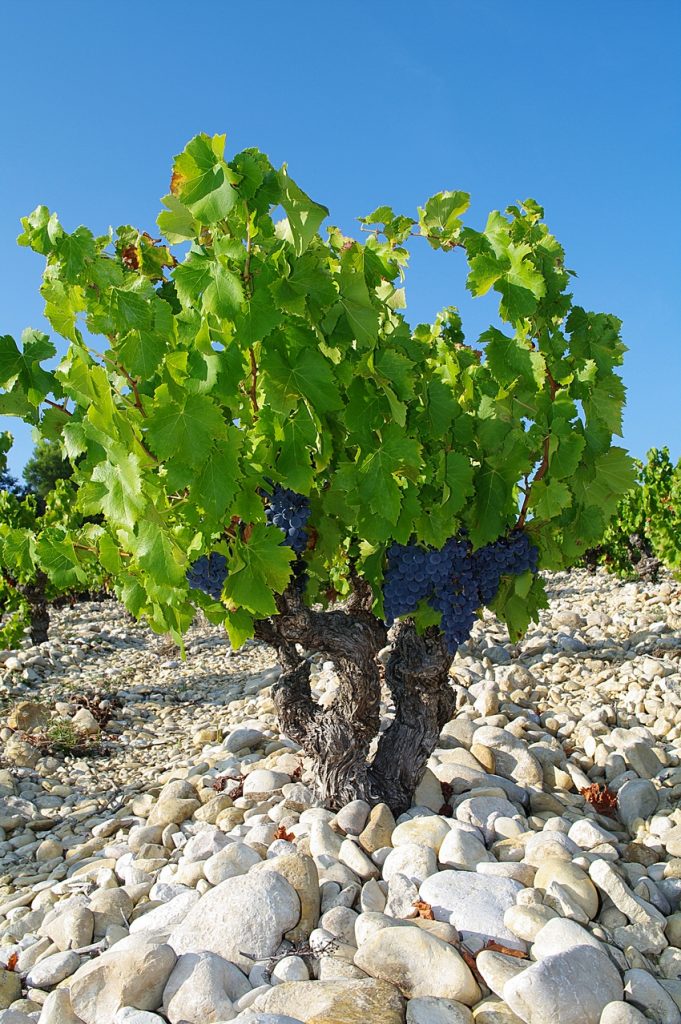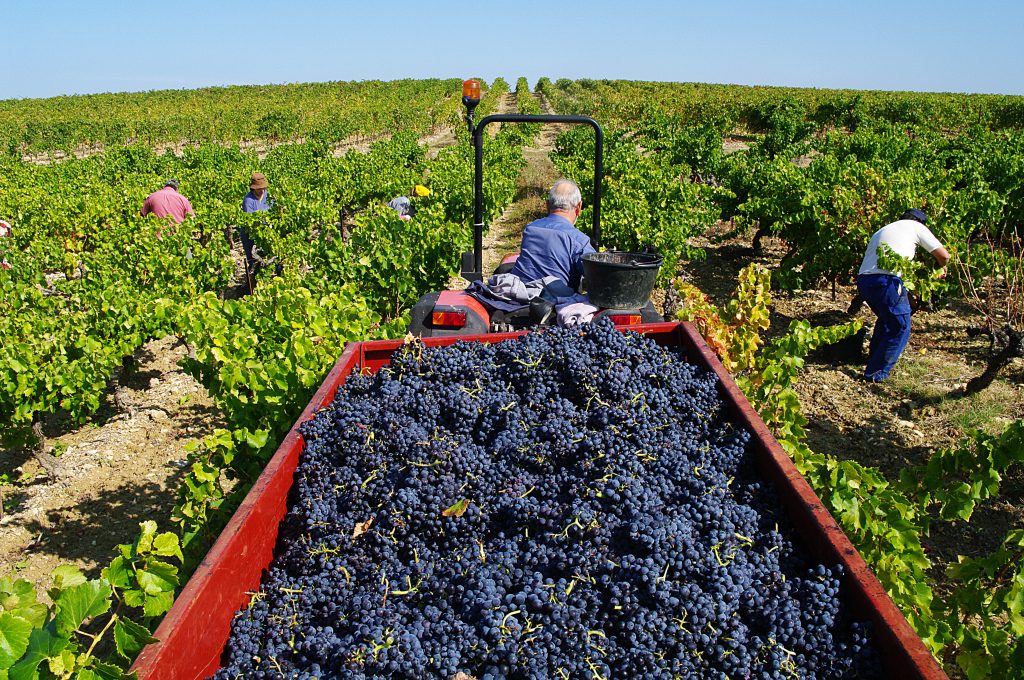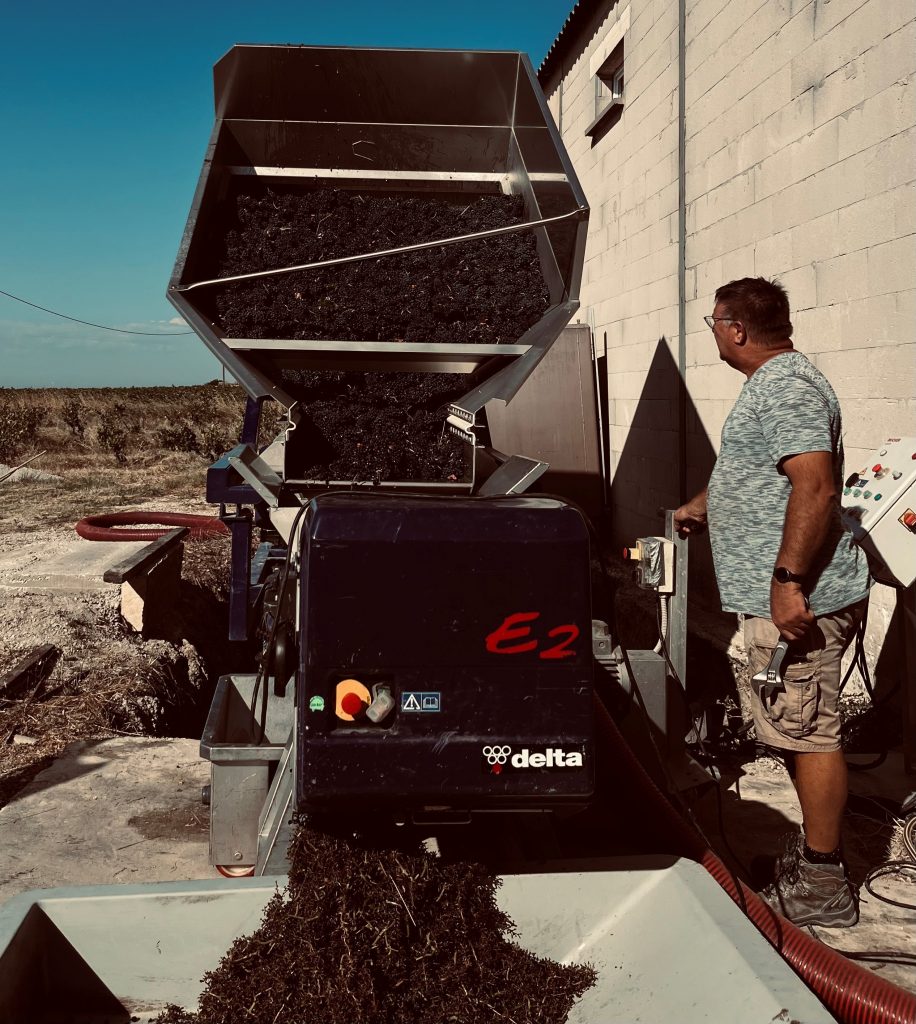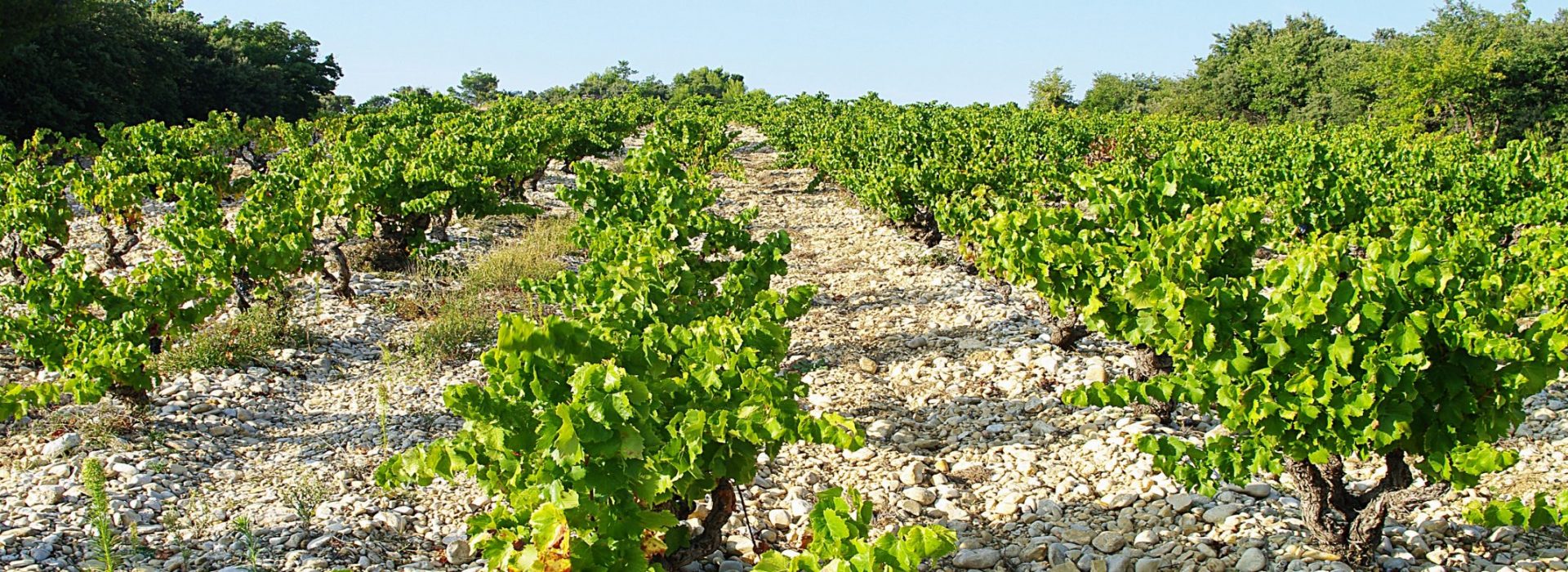The History of the Domain
Joseph Nicolet is the precusor of the history of the family estate.
In 1875, the family was in agriculture. Cereals and olives trees are grown there. But only a single hectare of vines.
The “Nicolet” cellar was created in 1926 it then came “Cellar Nicoley-Leyraud” to finally give rise to the “Domain Grand Nicolet”.
Jean-Pierre Bertrand, current winemaker, discovered viticulture in 1989. He got involved in it alongside Bernard and Maurice Leyraud, winemakers heirs at that time.
In 1990, Bernard’s daughter, Véronique, married Jean-Pierre.
Maurice and Bernard retired in 1999, and since that day Jean-Pierre has perpetuated the family tradition : the cultivation of vines and good wine.

The Vineyard

Today, the vineyard covers 23 hectares : 3.5 on Sablet and 19.5 on Rasteau.
Our diversivity of soils and terroirs allows us to offer wines with different profiles. And different designation.
The median age of vines is 50 years. The oldest are 90 years old. On the other hand, some others younger, grow slowly but surely.
Jean-Pierre, a committed winemaker
Jean-Pierre is a highly committed winemaker, both environmentally and professionaly.
For several years now, the management of the vineyard has been done by approching of the set of specifications of organic farming.
In 2017, he was elected co-president of the Rasteau designation. A position where he puts all his heart into it, with a goal : a dynamic and an attractive appellation area.
Since 2022, the vineyard has been certified High Environmental Value.
He continues his commitment by requesting “Organic Agriculture” Certification.


